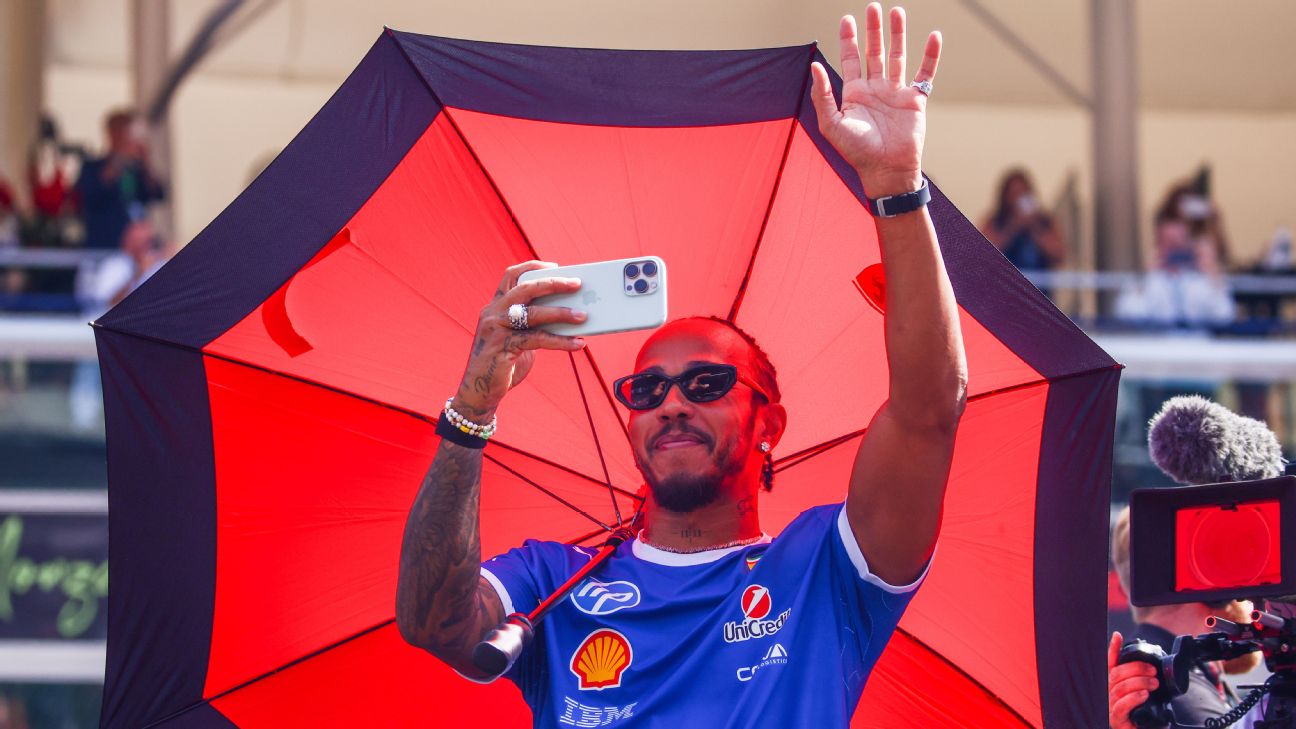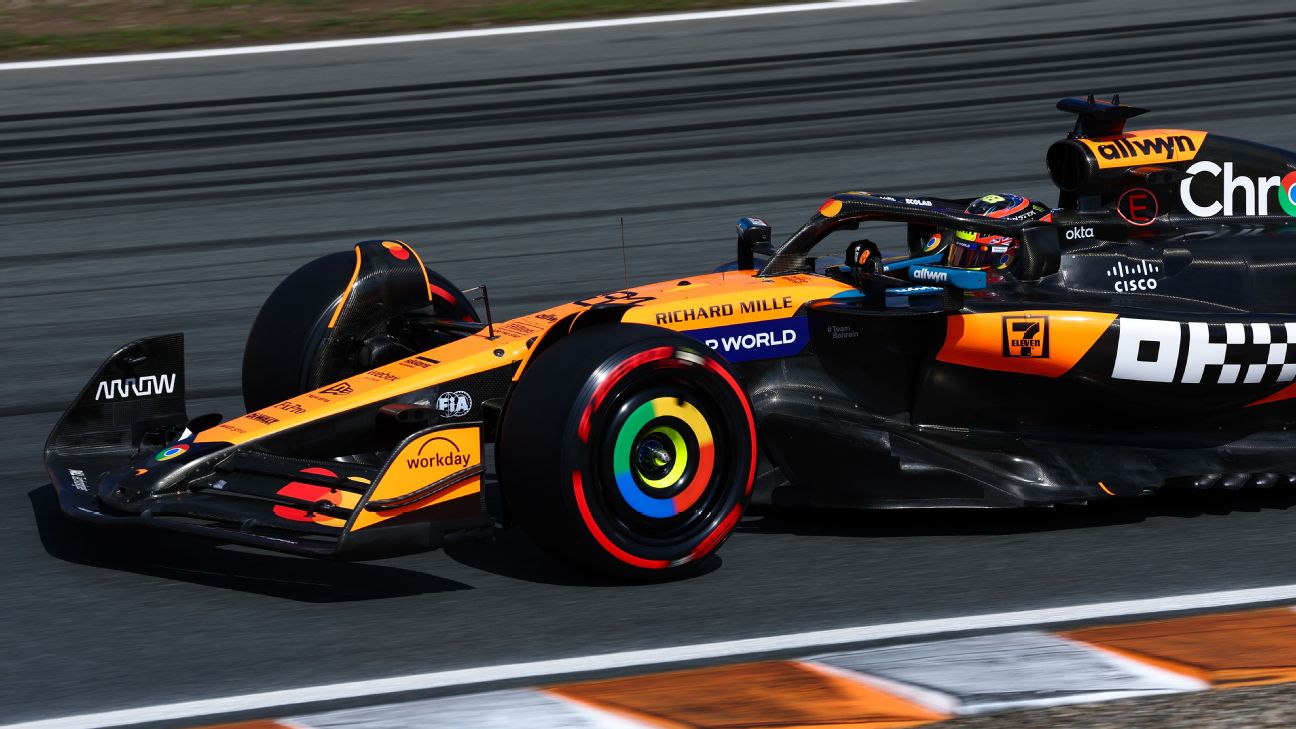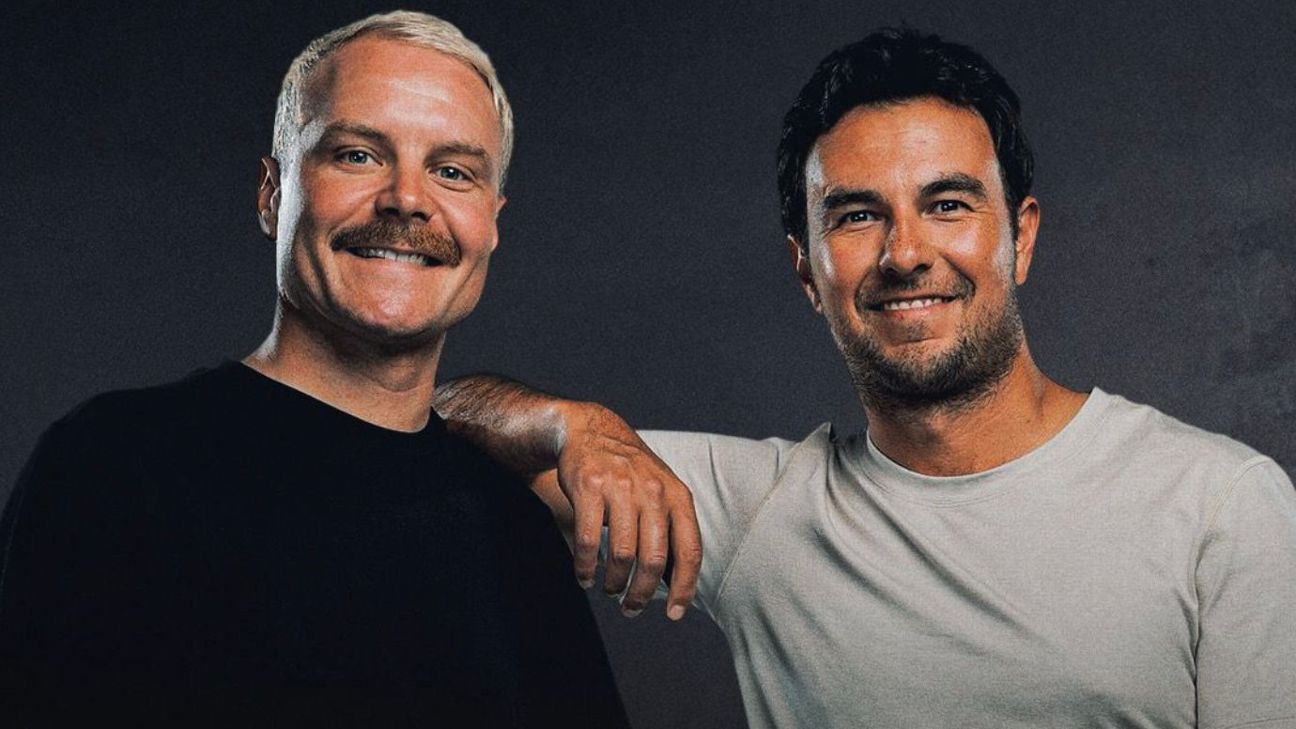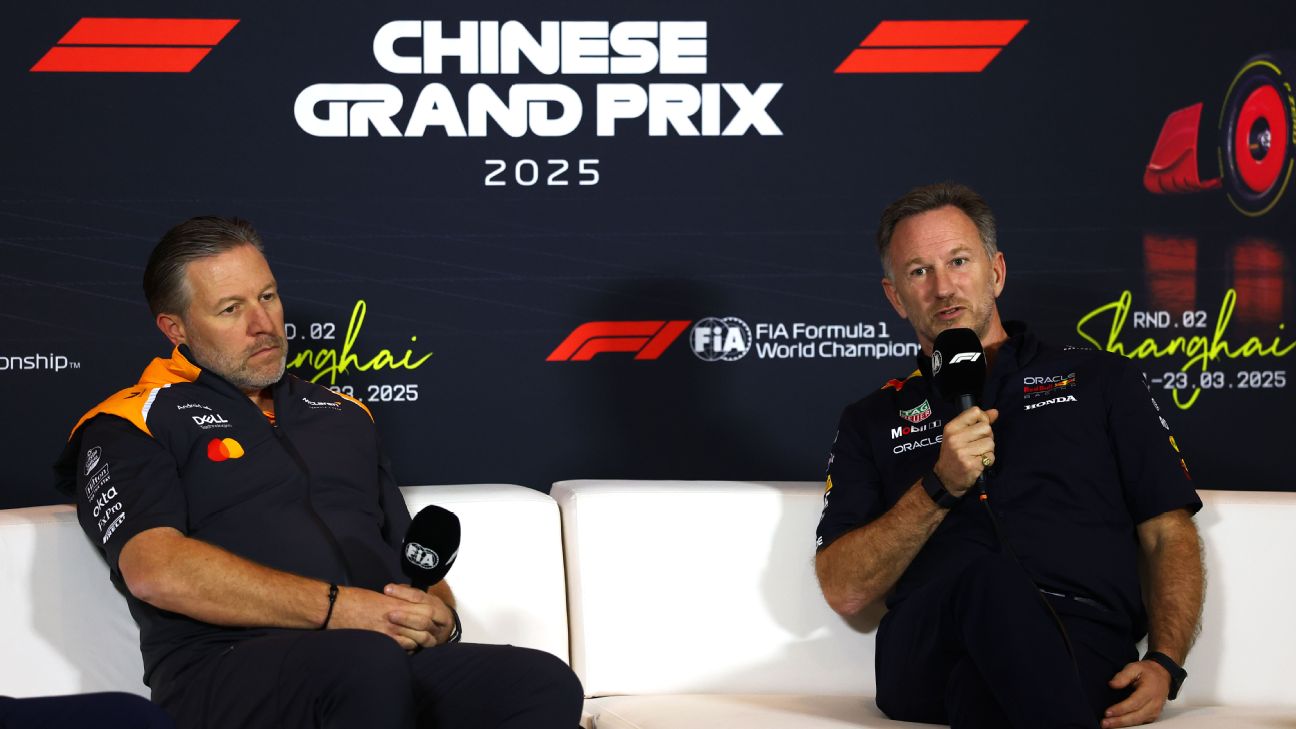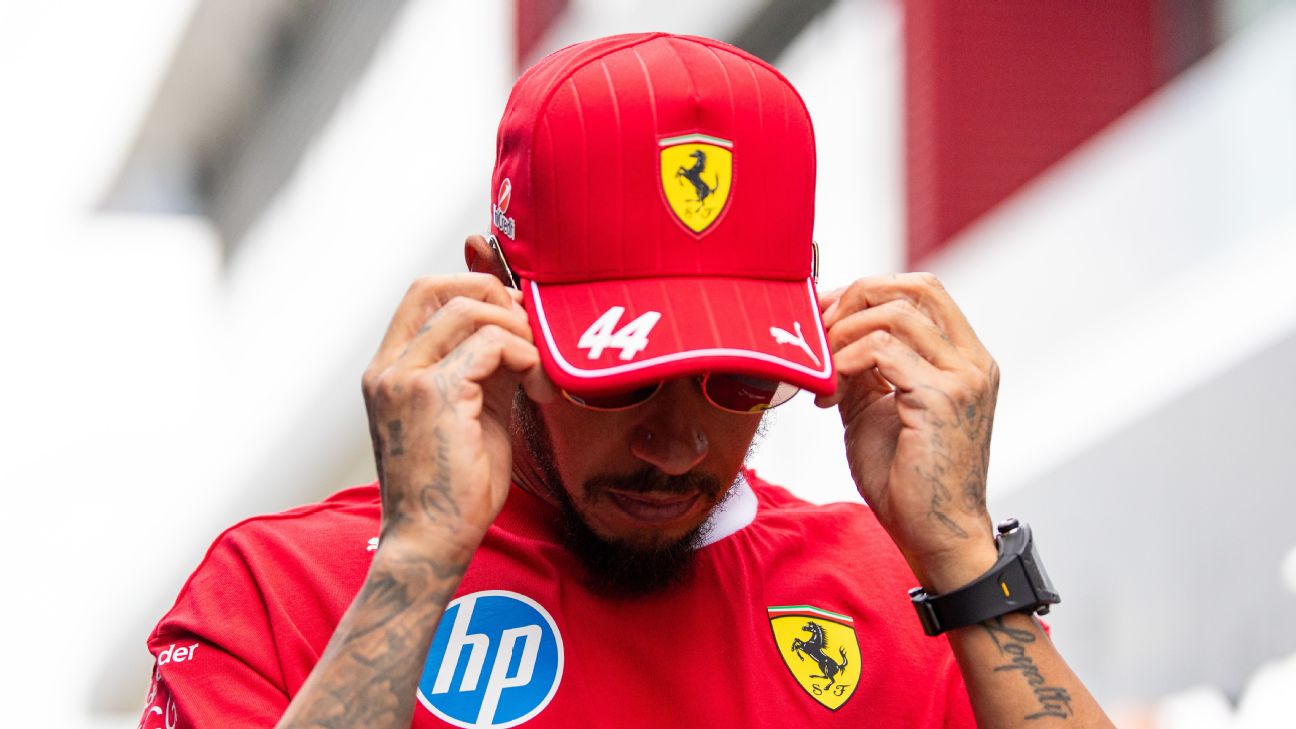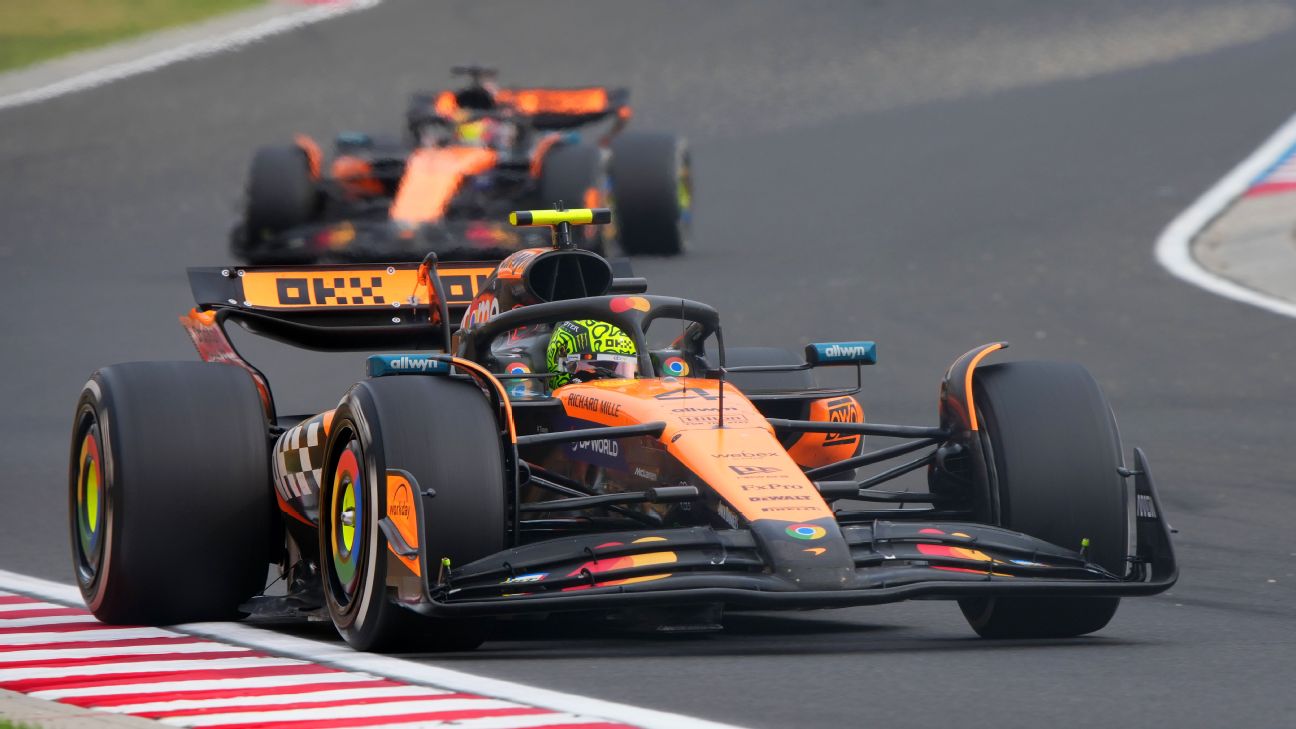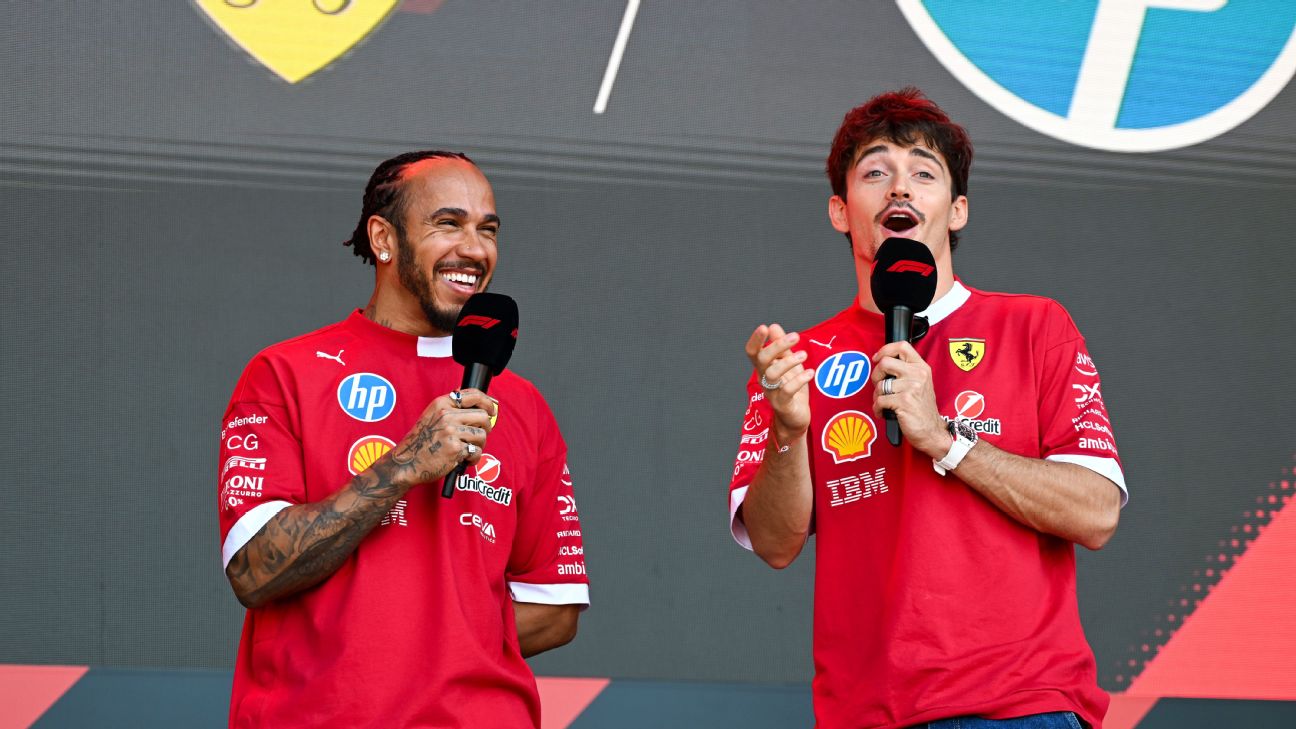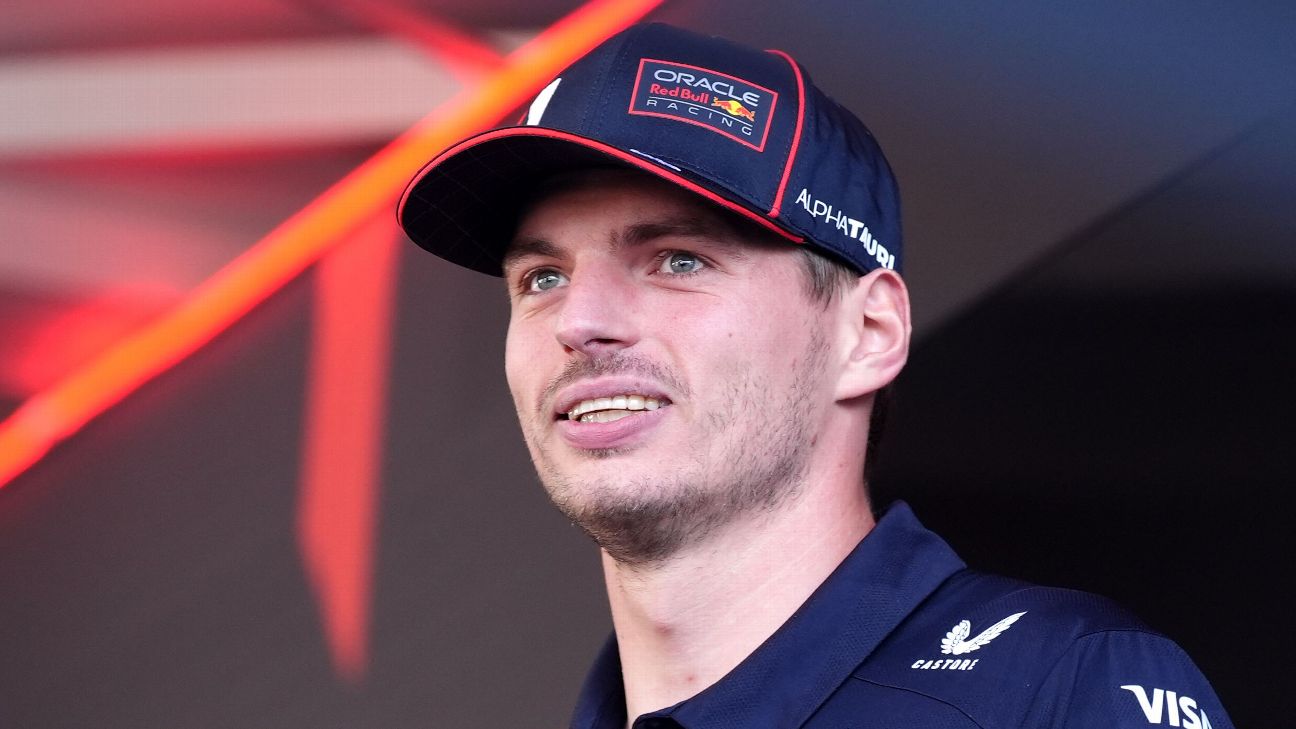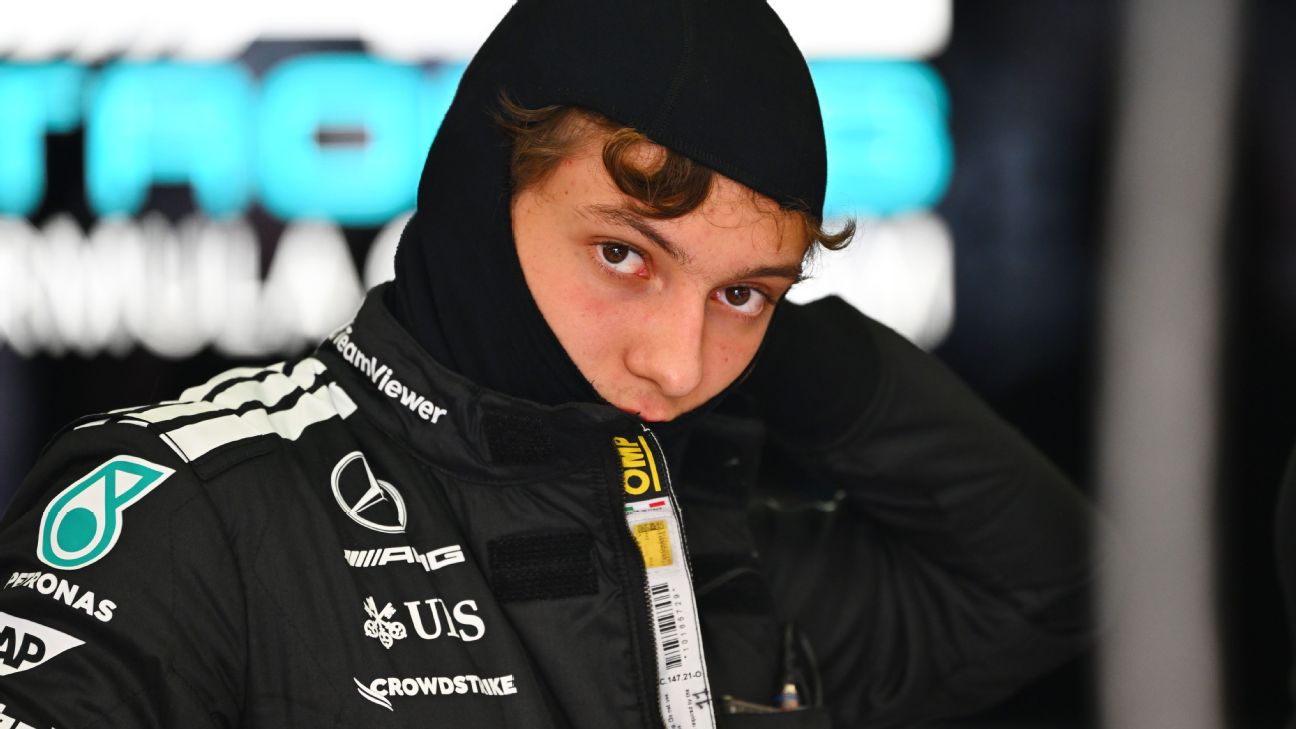Five Years After Grosjean’s Miracle: The Life-Saving Tech Behind F1’s Most Shocking Crash
Five years after Romain Grosjean’s harrowing Bahrain crash, we explore the cutting-edge F1 safety innovations that defied the odds and saved his life.
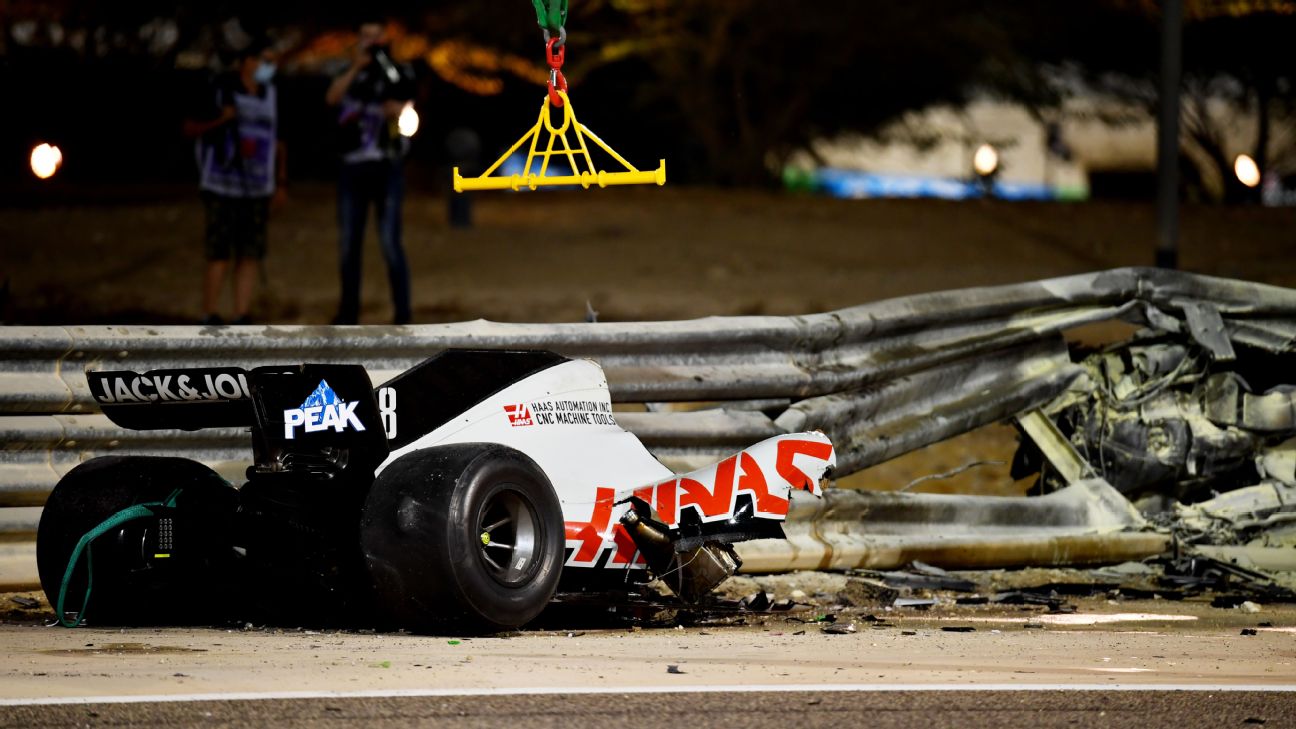
The Crash That Changed F1 Safety Forever
Five years ago, Romain Grosjean’s horrific crash at the 2020 Bahrain Grand Prix became a defining moment for Formula 1 safety. The Haas driver’s car split in half and erupted into flames upon impact at 192 kph (119 mph), subjecting him to a staggering 67 Gs of force. Yet, against all odds, Grosjean walked away with only burns on his hands—a testament to decades of FIA-led safety innovations.
1. The Carbon-Fiber Survival Cell: An Unbreakable Cocoon
The monocoque, or survival cell, is the driver’s last line of defense. Made from ultra-strong woven carbon fiber, Grosjean’s Haas VF-20 remained intact despite the car splitting in two. Had this technology not been in place, his torso and legs would have absorbed the brutal impact, likely resulting in fatal injuries.
2. The HANS Device: Shielding the Neck
The Head and Neck Support (HANS) device, introduced after Dale Earnhardt’s tragic 2001 death, prevents whiplash and skull fractures during high-impact crashes. Grosjean’s rapid deceleration—from 192 kph to zero in seconds—could have snapped his neck without it.
3. The Halo: From Skepticism to Lifesaver
Initially controversial, the titanium Halo (capable of withstanding 12 tons of force) proved decisive in Bahrain. Grosjean himself had criticized the device but later admitted: “Without it, I wouldn’t be here today.” It deflected the guardrail that would have otherwise struck his head at full speed.
4. Fireproof Technology: 27 Seconds in Hell
Nomex racing suits, designed to withstand 800–1,000°C flames for 18 seconds, exceeded expectations. Grosjean endured 27 seconds in the inferno, surviving with only hand burns. Post-2020, the FIA introduced enhanced fireproof gloves addressing this vulnerability.
5. The Medical Car: Seconds Matter
F1’s medical team—Dr. Ian Roberts and driver Alan van der Merwe—reached Grosjean in 11 seconds, dragging him from the flames. This rapid response, combined with strict extraction drills (requiring drivers to exit in under 10 seconds), underscored the sport’s commitment to survival.
Legacy of the Crash
Grosjean’s survival reshaped F1 safety:
- Stricter cockpit extraction tests
- Advanced fireproofing research
- Universal Halo adoption (now mandatory in all open-wheel racing)
“It was a crash that should have been fatal,” says FIA Technical Director Nikolas Tombazis. “But every layer of protection worked as intended.”












